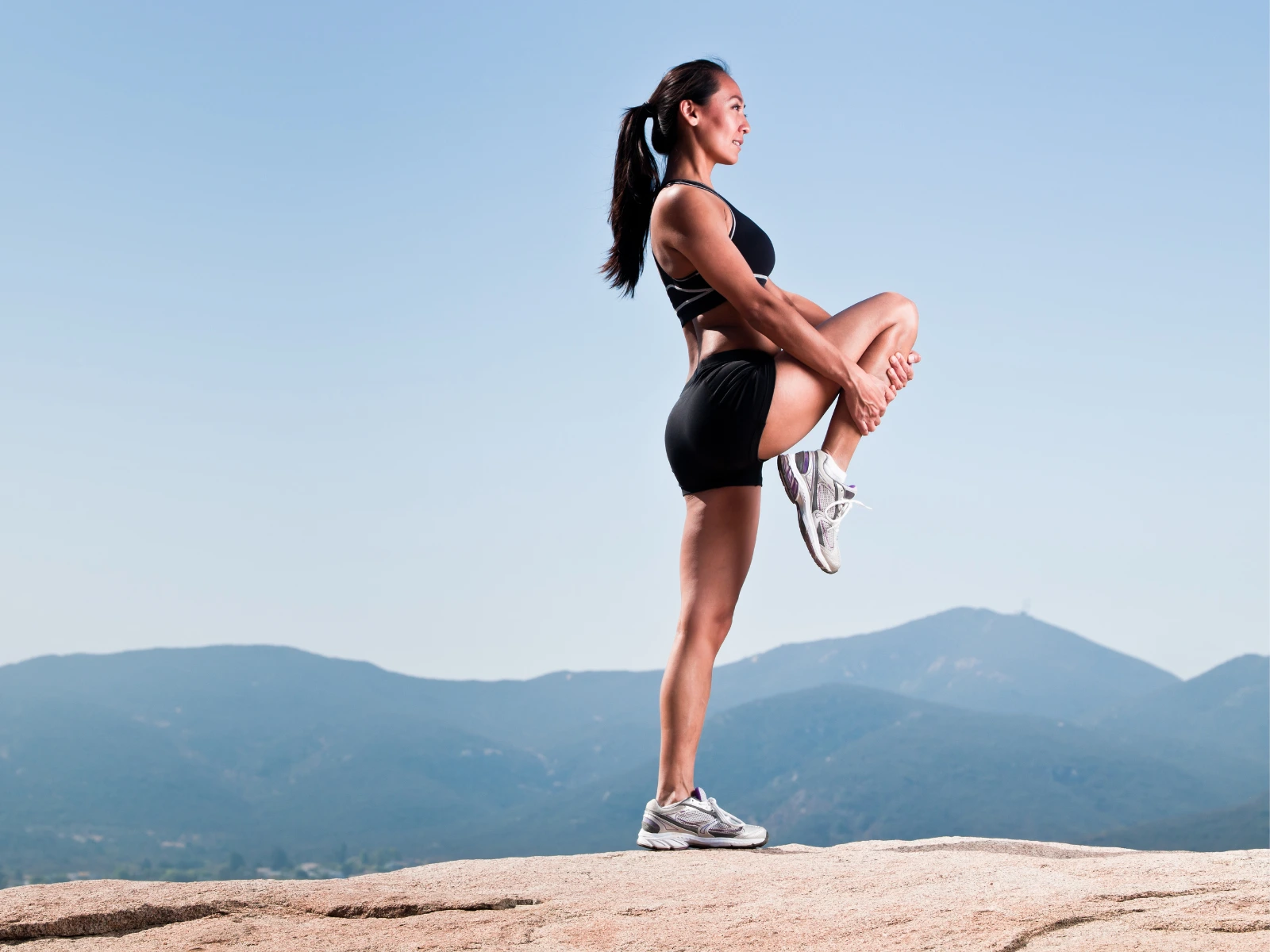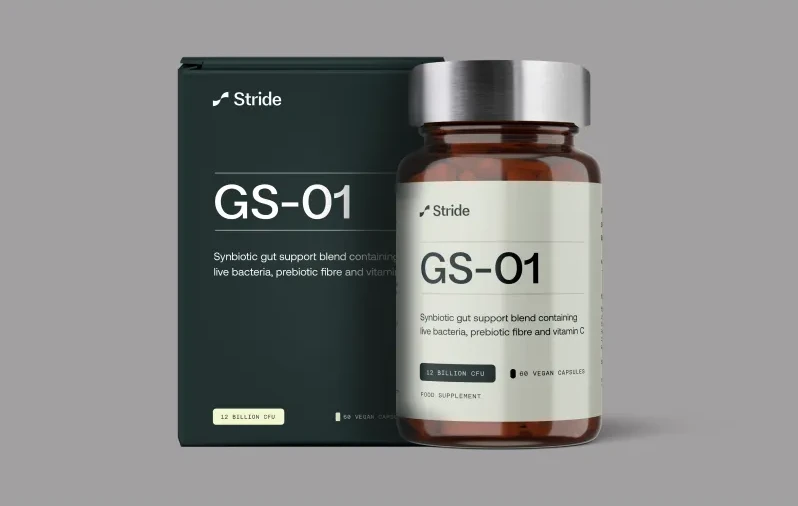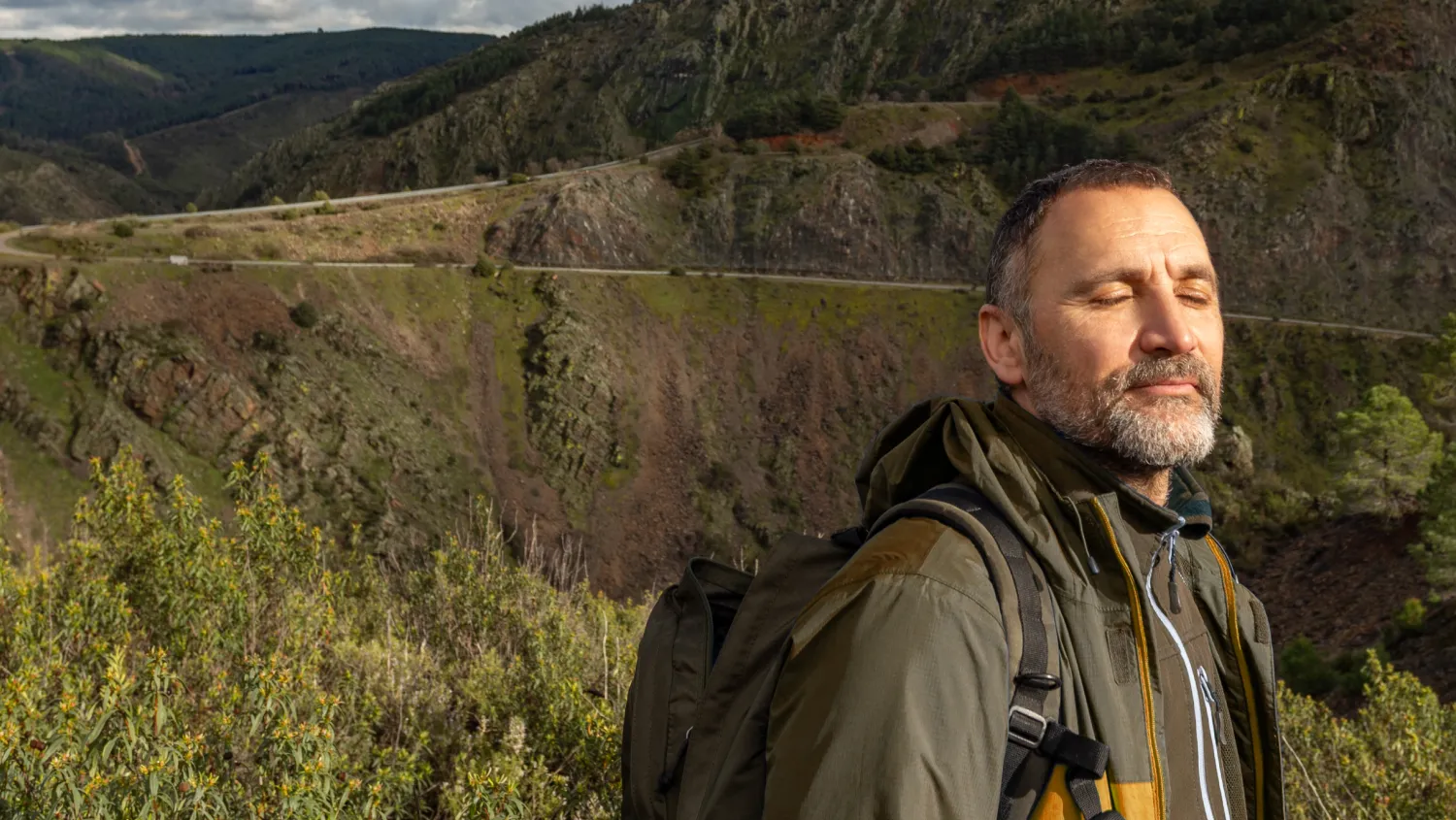New Year Sale - Up to 30% Off
News
8 Minutes

How to improve your mobility & flexibility in 4 easy steps
Discover the essentials of mobility and flexibility with our practical guide. Learn four key tips to boost your range of motion, aid muscle recovery, and prevent injuries - all while integrating mindful movement into your routine for lasting wellness.
15/11/2024
How to improve your mobility & flexibility in 4 easy steps
Navigating the world of health advice can often feel overwhelming with so much information out there. At Stride, we focus on sustainable health practices to guide our members on their unique wellness journeys.
When it comes to mobility and flexibility, it’s important to understand the difference between these terms and how they are intrinsically linked. Flexibility can be defined as the ability to place our joints and limbs in various positions by stretching. Mobility helps increase the Range of Motion (ROM) so that our joints or body parts can move through pain-free & with ease
Here are four simple tips on how to improve your range of motion through your joints, and how we can help tight and tired muscles recover through stretching.
1. Static Stretching
Stretching offers both physical and mental benefits and is essential for maintaining flexibility. For those who spend hours sitting at a desk, muscle weakness and imbalances are common. Stretching helps counteract these effects and also supports recovery for active individuals post-exercise, allowing muscle fibres to grow back stronger. It also reduces stress by lowering cortisol levels and increases serotonin, promoting relaxation and a positive mindset. Stretching can even help manage or temporarily alleviate joint pain.
2. Mobility Exercises
Mobility exercises offer numerous benefits, including improved coordination, posture, ROM, and help reduce aches and pains and risk of injuries. Key areas to focus on include the foot/ankle, hip, shoulder girdle, and thoracic spine—joints that enable movement in three planes: Sagittal (forward/backward), Transverse (rotational), and Frontal (side-to-side). Start slowly, working within a pain-free ROM, and gradually increase your range over time. Movements like arm swings, leg swings & back bends are a good place to start as you can do these while seated or using a fixed object to help with balance & stability.
3. Mindfulness
A mindful approach to physical activity can slow down or even reverse some aspects of physical decline as we age. Stretching can help us become more present in the moment due to the slow and focused manner of static stretches. During these stretches, it’s key to breathe in a controlled manner, inhaling slowly through the nose and exhaling slowly via nose or mouth. This can help reduce stress hormones, and boosts ‘happy’ hormones. Mobility exercises enhance physical and cognitive awareness by creating a mind-body link via conscious breathing & balance. Yoga is the perfect example of this.
4. The importance of timing
Mobility exercises are best completed before a training session or static stretching as they help increase blood flow and loosen the joints and muscles to prepare them for the upcoming activity. Most importantly they are essential for injury prevention! Try to keep movements specific to the activity, such as leg swings, hip openers, and ankle rotations in preparation for a run. Aim for 10-15 repetitions per movement. The best time for static stretching is post exercise when the muscles have had a chance to warm up. Hold each stretch for about 30 seconds to allow for changes in muscle fibres and be gentle to avoid discomfort. As you progress, consider using aids like yoga blocks, resistance bands, and yoga straps.
Today the health and wellness world is full of opportunities for us to increase our mobility and flexibility: pilates, yoga, and assisted stretching are all amazing options to go and explore.






